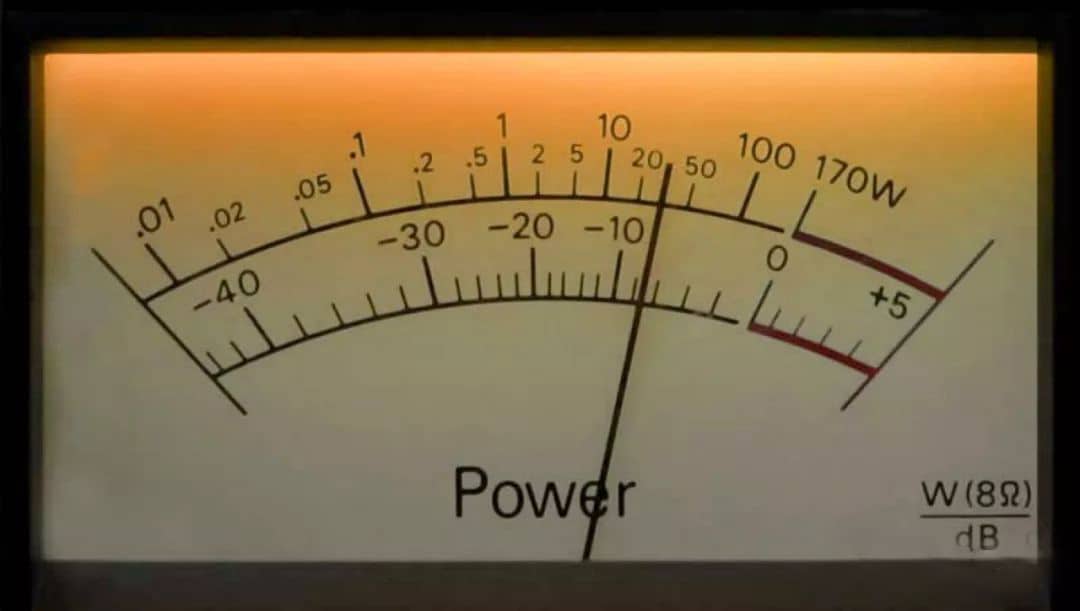How Much Power Does An Amplifier Need?
For many friends who are buying audio equipment for the first time, “how much power does an amplifier need” is almost certainly a question that is a bit like, “how much horsepower does it take to buy a car?” “The bigger, the better.” However, many factors will prevent us from thinking about buying massive horsepower when purchasing a car. For example, the vehicle price and the engine’s exhaust volume will involve fuel consumption and taxes.
It is the same to consider the power demand when choosing the power amplifier. Of course, the higher the power, the better. But there are many considerations. On the one hand, the larger the output power amplifier, the larger the size, the more expensive the power consumption. Secondly, does the home theater need such a high power amplifier? Does high power mean better sound quality? Thirdly, will too much power burn my speakers? Why is the power of such an expensive power amplifier not big? And so on.
Usually, in a general listening situation, the actual output power range of the amplifier is about 1W-10W. However, general low-power amplifiers also output at least 30 or 40 watts. Why do we have to do it that way? Of course, there are still many considerations. The factors involved include the condition of the listening environment, the distance between the speaker and the listener, the efficiency of the speaker, and so on. These will affect the power requirements of the audio system for the power amplifier, which is a bit complicated.
What is The Efficiency of A Speaker?
The “efficiency” definition of the speaker label is the sound pressure obtained by inputting a 1W signal at a distance of 1 meter in front of the speaker. Each speaker has a different efficiency.
The most directly related to the power problem is the speaker, including the efficiency of the speaker and the distance from the speaker to the listener.

Let’s talk about the efficiency of the speakers first. The speakers’ efficiency is generally in the range of 82-88dB/w/m (dB=decibel). If the nominal efficiency of a certain speaker is 86dB/w/m as an example, it means that the sound pressure of 86dB will be obtained when measuring the input of 1W (watt) signal at a distance of 1 meter in front of the speaker. But the sound pressure is inversely proportional to the square of the distance of the sound source. Therefore, if the listening distance is generally estimated at 2 meters, the same speaker will only have 80dB of sound pressure at 1W of input power (dB algorithm is doubled every 3dB, two times the distance 1/4 sound pressure is -6dB).
Why do We Need Extra Power for the Amplifier?
To reach the necessary sound pressure of about 90dB for general listening, we need about 8W of power to have a sound pressure of 89dB. So if the speaker’s efficiency is not too low, generally speaking, the 10W power amplifier can already listen to music usually without problems. But the music is not fixed but dynamic. The music sounds energetic and rhythmic. In fact, part of it is driven by percussion instruments in performance. Percussion instruments mainly display “strength”, which strengthens the sense of musical rhythm and sounds very dynamic.
But for the sudden blow of percussion instruments such as drums, the increased dynamic range is conservatively estimated to be at least 5-10dB. We take 9dB to calculate and also need eight times the power. Therefore, if the average listening volume of 5W-10W is used, the power that can fully express the recording dynamics is at least 40W-80W. That is the reason why high-power amplifiers usually make people feel “sound more energetic” when listening at about the same volume.
Of course, this example is based on the case where the speaker’s efficiency is about 85dB/w/m, and the listening distance is 2 meters. The appropriate power amplifier power plan is about 50W-100W. However, there are two variables: “speaker efficiency” and “listening distance”: if the speaker’s efficiency is higher than 88dB/w/m or more, only 30W-60W power is enough. If the speaker’s efficiency is unchanged and the listening distance is extended to 4 meters, then the power needs 100W-200W.
So in simple terms, the larger the power of the power amplifier is, the more extensive the conditions for use. Of course, the power amplifier will be more expensive, larger and heavier, and even hotter. These are the considerations needed to match the speaker and are related to other conditions considered by the user. There is another condition in the specification that requires everyone’s attention. That is, if the nominal impedance of your speaker is 4 ohms (generally 8 ohms), the power label of the amplifier should be based on the 4 ohms data.
Can an Amplifier Burn My Speaker?
In the end, you don’t have to worry about the speaker being burned by too much power. At present, the amplifiers are equipped with protection circuits. Under unusual output conditions, such as excessive power or frequency, and short circuit of the amplifier output, the amplifier will cut off the output by itself to protect the speaker and amplifier circuit. As long as it is below the normal listening volume, or to avoid turning the small speaker to a loud sound, the amplifier has no reason to burn the speaker.
Attached here is a suggestion table of power amplifier power under different speaker efficiency and listening distance for your reference. Generally speaking, unless it is a tiny full-range single speaker, the efficiency is usually not less than 80dB/w/m. The high-efficiency large floor-standing loudspeakers have a chance to be more than 90dB/w/m.
